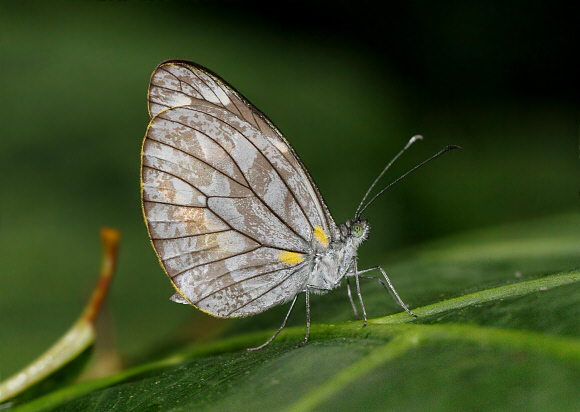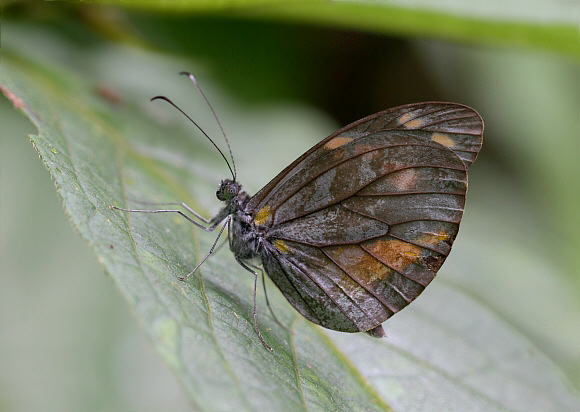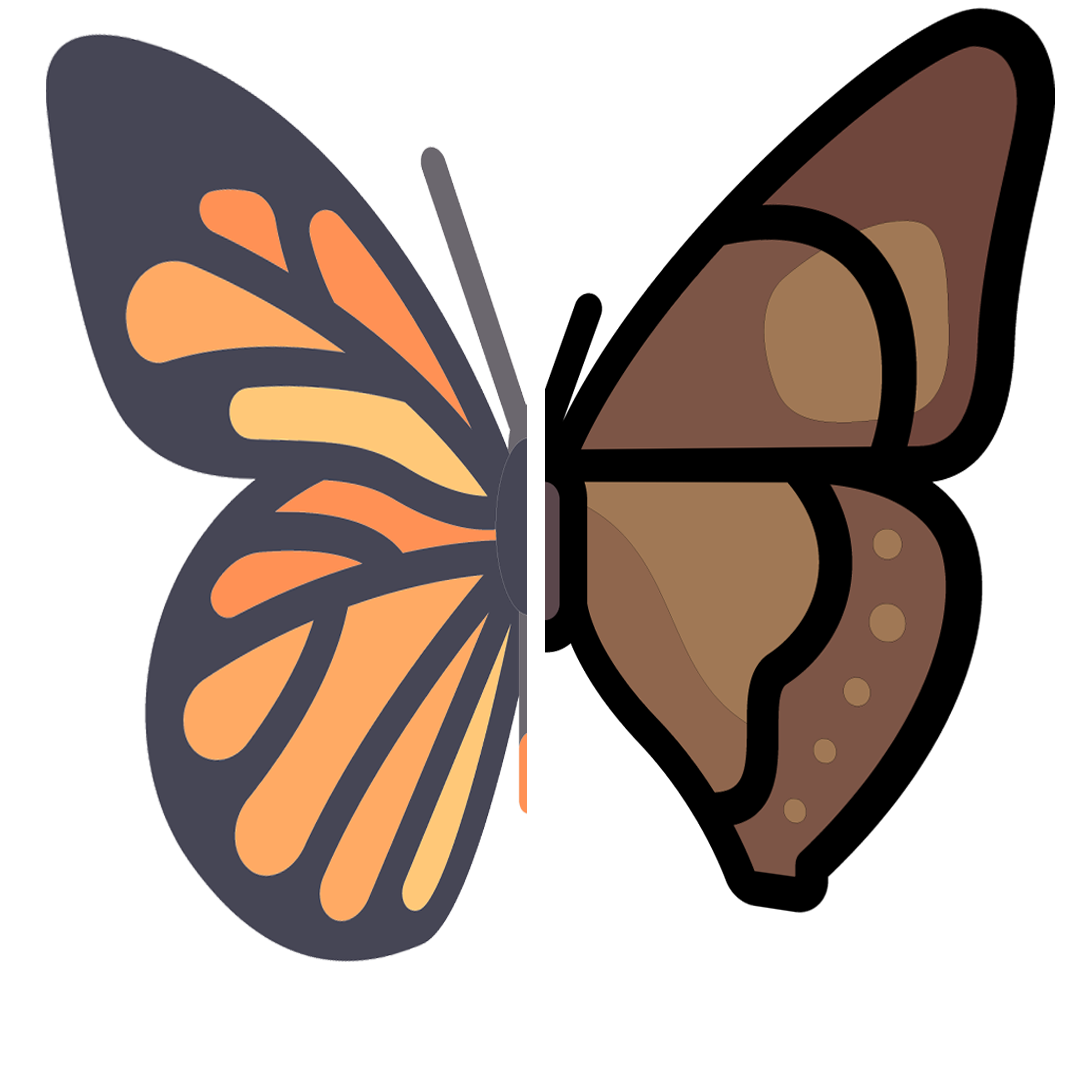
Introduction
The subfamily Dismorphiinae, to which the Wood Whites of Europe belong, has its headquarters in South America, where 51 different species are found. The neotropical genera include Dismorphia, Enantia, Lieinix, Patia, Moschoneura and Pseudopieris.
The 30 species in the genus Dismorphia are characterised by having long narrow almost elliptical fore-wings, and disproportionately large hindwings. Several of these species have white undersides that are mottled in grey and yellow, including altis, boliviana, pseudolewyi, mirandola and lysis. The species can however easily be determined by detailed examination of the markings on upperside and underside.
Dismorphia zeala is distributed from Costa Rica to Ecuador. There are 4 subspecies.
Habitats
This species is found in cloudforest at elevations between about 1200-2000m.
Lifecycle
Unknown, however DeVries states that several Dismorphia species in Costa Rica feed as larvae on Inga or Pithecellobium ( Mimosaceae ). In the case of most species in the subfamily Dismorphiinae, the eggs are spindle-shaped, and laid singly on the underside of leaves. In most ( probably all ) species the larvae are cryptically coloured – dark green above, and paler green below.
Adult behaviour
Both sexes are usually found as singletons flying in cloudforest. The uppersides of males of the subspecies zaela and oreas have yellow streaks on the forewings which are very conspicuous in flight. Females, and males of subspecies laura and abilene have white streaks on the upperside.

